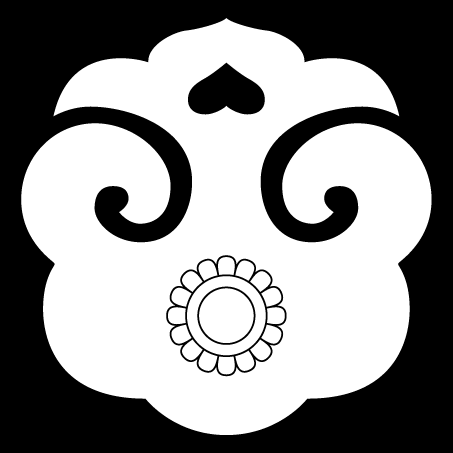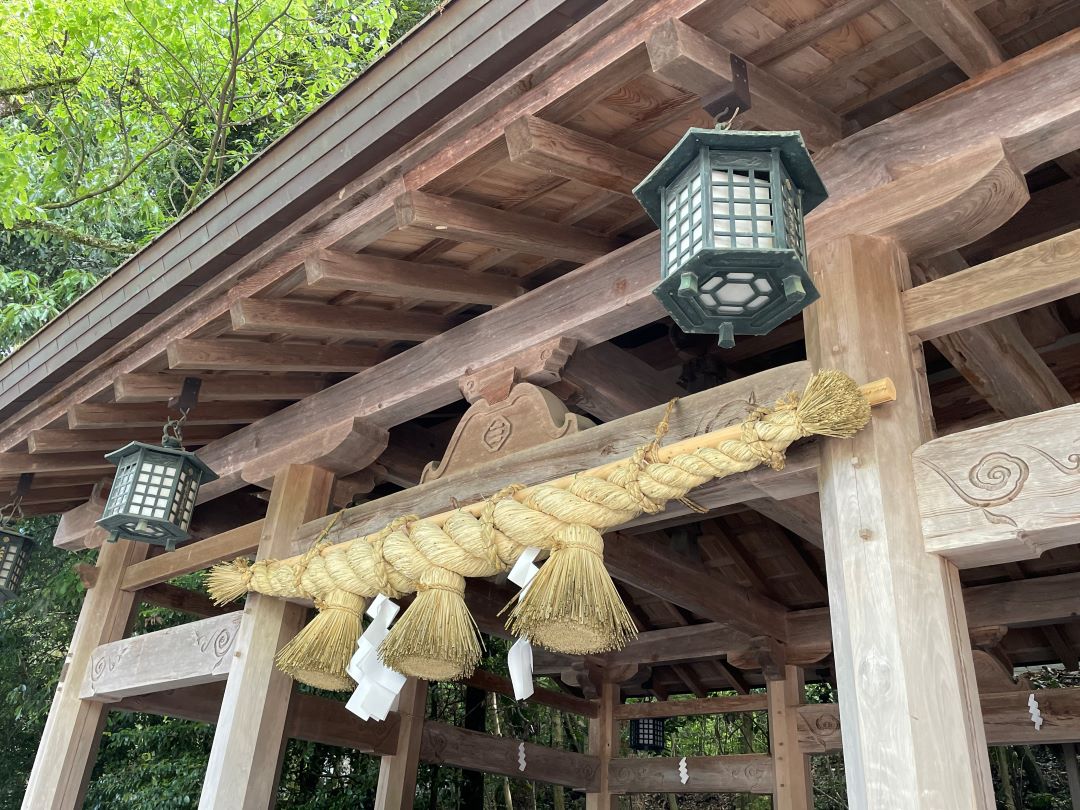Introduction to the Elegance of Japanese Temple Lanterns
Unveiling the Mystique of Japanese Antiques: The Charm of Temple Lanterns
Japanese temple lanterns stand as a remarkable testament to the world of Japanese antiques. These structures, initially designed to illuminate religious ceremonies and festivals, have evolved into iconic symbols of traditional Japanese architecture and design. The allure of "Antique Japanese Lantern" is not just in its aesthetic appeal but also in its representation of Japan's rich cultural tapestry.

The Deep-Rooted Significance of Lanterns
Beyond Ornamentation: Spiritual Essence of Japanese Temple Lanterns
Every curve and contour of Japanese temple lanterns is infused with a deep cultural and spiritual significance, making them a prized category in Japanese antiques. These lanterns tell a story far beyond their visual appeal, encapsulating the religious, historical, and cultural ethos of Japan. They are a portal to understanding the intricate relationship between art and spirituality in Japanese culture.

Lanterns in Japanese Ceremonial Life
Illuminating Traditions: The Integral Role of Lanterns in Japanese Ceremonies
The significance of Japanese temple lanterns transcends their physical beauty, deeply embedding them in the heart of Japanese traditional ceremonies. From the soul-stirring O-bon festival to the serene tea ceremonies, these lanterns are not just decorative items but are revered as embodiments of ancestral spirits and cultural reverence. The use of lanterns in various rituals underscores their perpetual relevance in the rich tapestry of Japanese antiques.
Japanese temple lanterns and their significance
Japanese temple lanterns are beautiful and intricate structures that have been an important part of Japanese culture for centuries. Originally designed to provide light for religious ceremonies and festivals., these lanterns have become an iconic symbol of traditional Japanese architecture and design.
The origins of Japanese temple lanterns date back to the 6th century, when Buddhism was first introduced to Japan from China and Korea. The earliest lanterns were simple stone structures with a single opening for a candle or oil lamp. These lanterns were used primarily in temples and shrines to provide light for religious ceremonies and to honor the Buddha

Over time, the design of Japanese temple lanterns evolved to become more complex and ornamental. By the 8th century, Japanese craftsmen had developed a new style of lantern known as the kasuga lantern, which featured multiple openings and a more intricate design. These lanterns were often adorned with intricate carvings of Buddhist deities, animals, and other decorative elements.
In the following centuries, new styles of Japanese temple lanterns emerged, each with its own unique design and features. For example, the yukimi lantern, which translates to "snow viewing lantern", is designed to capture the beauty of snowfall in winter.

The tachi-gata lantern, on the other hand, is designed to resemble a samurai's sword, with a long, slender shaft and a decorative finial at the top.

Today, Japanese temple lanterns continue to be an important part of Japanese culture, and can be found in temples and gardens throughout Japan and around the world. Their intricate designs and rich history make them a fascinating subject for anyone interested in traditional architecture, religion or culture.

Lanterns in traditional Japanese festivals and ritualsJapanese temple lanterns have been an important part of traditional Japanese festivals and rituals for centuries. In particular, the lanterns play a central role in the annual O-bon festival. which is held in august to honor the spirits of ancestors. During the O-bon festival, lanterns are hung throughout the streets and in front of homes, as well as in temples and shrines. The lanterns are lit with canles or oil lams, and their soft, warm glow illuminates the streets and creates a peaceful and reverent atmosphere.
In addition to the O-bon festival, Japanese temple lanterns are also used in other important ceremonies and rituals. For example, they are often used to mark the entrance to a temple or shrine, or to highlight a particular statue or monument. They can also be used in tea ceremonies, where their soft, warm light helps to create a calm and peaceful atmosphere.

One of the most important uses of Japanese temple lanterns, however, is to honor the Buddha and other Buddhist deities. Lanterns are often placed in front of statues of the Buddha, or in the gardens of temples and shrines, as a way to pay respect to these important figures.
Japanese lanterns in contemporary culture and their use in garden design
While Japanese temple lanterns have a long and storied history in Japan, they also play an important role in contemporary culture, both in Japan and around the world. In particular, the lanterns have become a popular element in garden design, both in traditional Japanese gardens and in gardens that incorporate Japanese elements into their design.
One of the reasons why Japanese lanterns have become so popular in garden design is their ability to create a sense of peace and serenity. The soft, warm glow of the lanterns can add a calming element to any outdoor space, and their intricate designs and patterns can add a touch of elegance and sophistication to a garden.
In addition to their aesthetic appeal, Japanese lanterns also be used to create a sense of depth and dimension in a garden. By placing lanterns at different heights and in different areas of the garden, designers can create a layered effect that draws the eye and adds visual interests to the space.
Japanese lanterns are also versatile enough to be used in a variety of garden styles. They can be incorporated into a traditional Japanese garden, where their authentic style and design fit perfectly with the overall aesthetic. They can also be used in modern or contemporary gardens, where their timeless elegance and clean lines can create a stunning contrast with the more angular or geometric elements of the design.
Overall, the use of Japanese temple lanterns in garden design is just one example of how these structures continue to be a vital and meaningful part of contemporary culture. Whether you are admiring them in a traditional temple or shrine, or incorporating them into your own garden design, Japanese temple lanterns are a beautiful and inspiring example of the rich cultural heritage of Japan.
You can also follow Antique Tozai : YouTube, Facebook,
Thank you for reading


